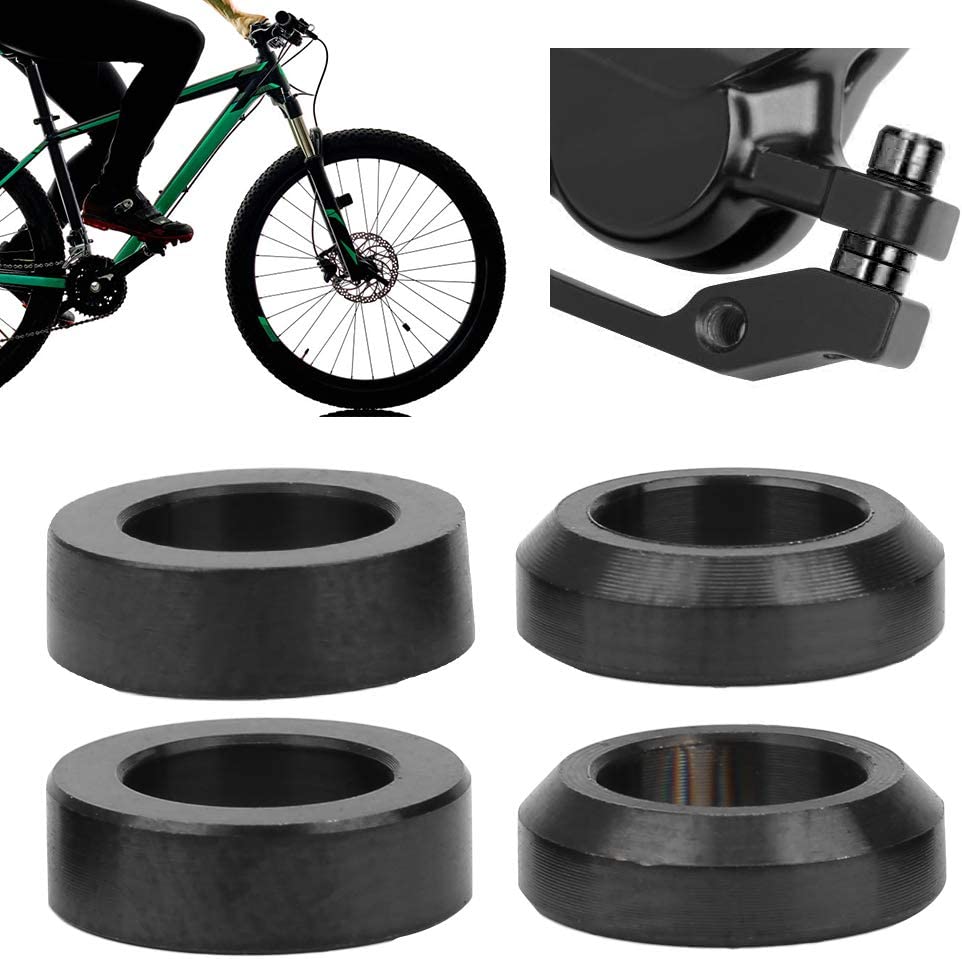jimmyhackers
10 kW
- Joined
- May 11, 2015
- Messages
- 600
been having a discussion with my friend.
its sparked a few questions i would like some clarification on.
say, if your not using all of your brakes pad surface due to mis-alignment (forming a lip on the pad material)
1. is the percentage of pad area not used proportional to braking force lost? or is this exponential?
2. is the percentage of pad area not used proportional to increased pad wear? or is this exponential?
then say, if your pads are aligned correctly and you are not forming a lip on your pad surface.....but the outside track surface area of your disc is narrower than disc pad surface area.
1. same kinda question as above. ( effect on brake force lost) ?
2. same kinda question as above (effect on extra pad wear) ?
here a pic of my brake wear/alignment. do yo think itd be worth finding a disc with a wider track?
its sparked a few questions i would like some clarification on.
say, if your not using all of your brakes pad surface due to mis-alignment (forming a lip on the pad material)
1. is the percentage of pad area not used proportional to braking force lost? or is this exponential?
2. is the percentage of pad area not used proportional to increased pad wear? or is this exponential?
then say, if your pads are aligned correctly and you are not forming a lip on your pad surface.....but the outside track surface area of your disc is narrower than disc pad surface area.
1. same kinda question as above. ( effect on brake force lost) ?
2. same kinda question as above (effect on extra pad wear) ?
here a pic of my brake wear/alignment. do yo think itd be worth finding a disc with a wider track?


![20221102_163050[1].jpg](/sphere/data/attachments/187/187635-6e5eccd5db2e11694899ec5f6f879efd.jpg)

![IMG-20221227-WA0001[1].jpg IMG-20221227-WA0001[1].jpg](https://endless-sphere.com/sphere/data/attachments/193/193578-361364be40eff4e67d1ef3a950627650.jpg)
![IMG-20221227-WA0002[1].jpg IMG-20221227-WA0002[1].jpg](https://endless-sphere.com/sphere/data/attachments/193/193579-ad1fd99073bc40b30bdd82836d2ab4b3.jpg)